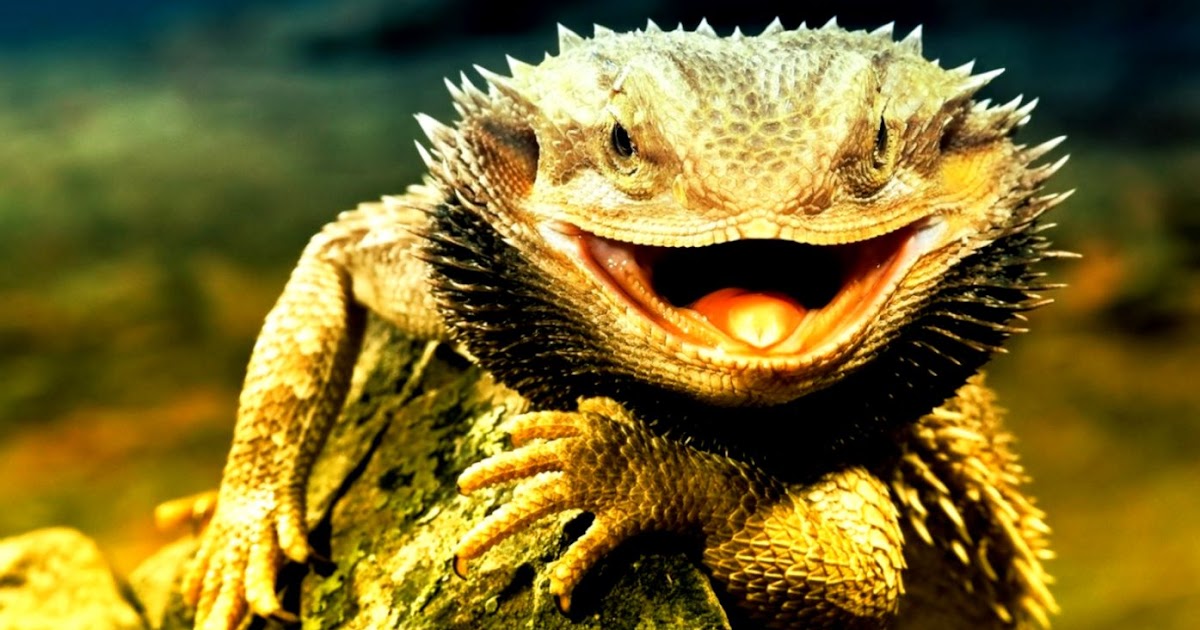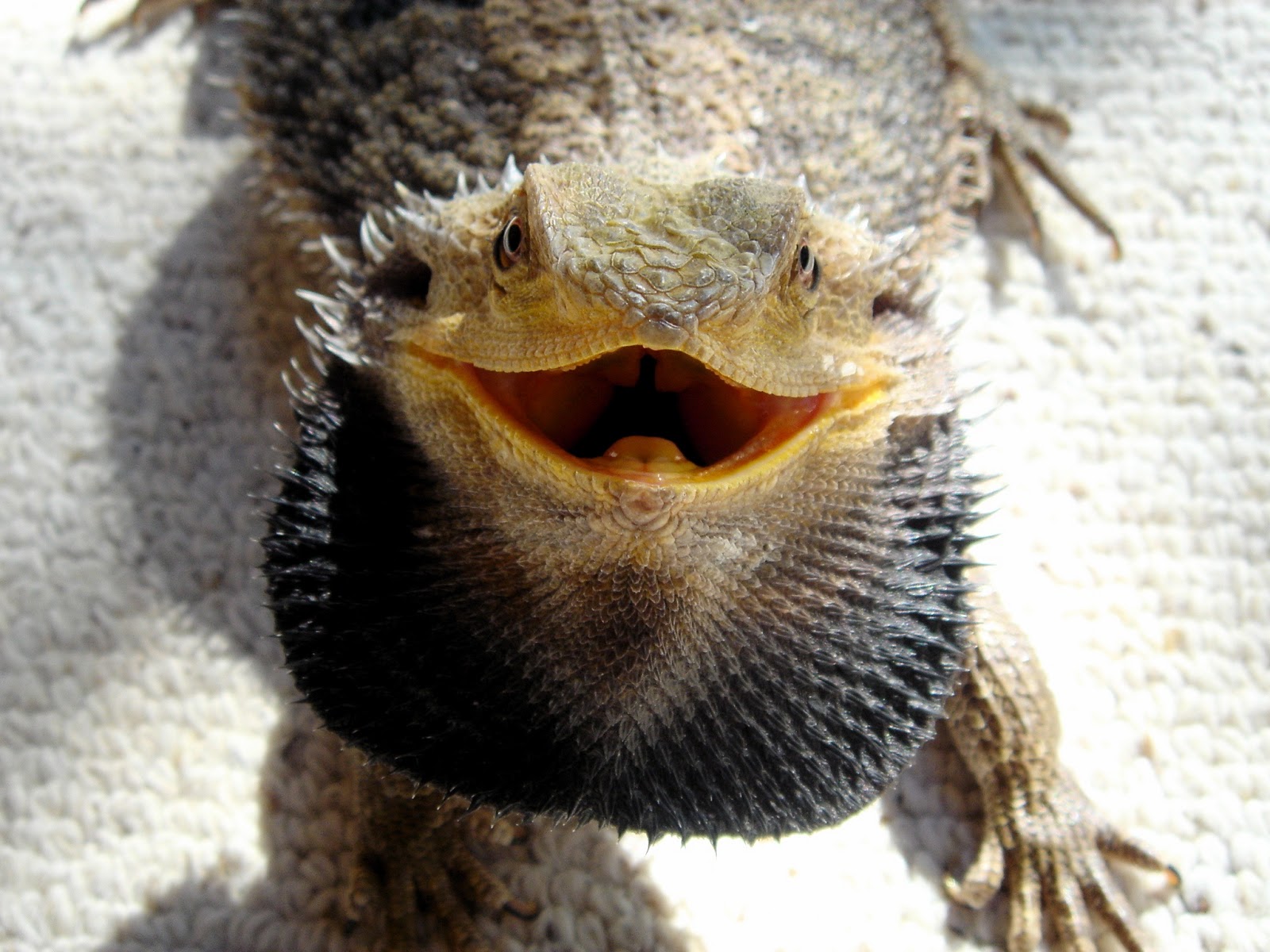Bearded Dragon Class: Mastering the Basics of Caring for Your New Pet
Welcome to the World of Bearded Dragons!
Bearded dragons are quickly becoming one of the most popular pet reptiles, and for good reason! These lizards are docile, easy to care for, and can make fantastic pets for people of all ages. If you’re considering adding a bearded dragon to your family, you’re in for a treat! In this guide, we’ll cover everything you need to know to get started with caring for your new pet.
Choosing the Right Bearded Dragon
Before you can start caring for your bearded dragon, it’s important to choose the right one. When selecting your dragon, pay attention to things like age, gender, and overall health. Younger dragons may require more attention and specialized care, while older dragons may be more set in their ways and difficult to train.

Gender is also an important consideration. In general, male bearded dragons are more aggressive and territorial than females, so if you’re looking for a more laid-back pet, a female may be a better choice. However, keep in mind that female bearded dragons can also be more prone to health issues like egg-binding.
Creating the Perfect Habitat
Once you’ve chosen your bearded dragon, it’s time to set up their enclosure. Bearded dragons require a large, spacious habitat that provides them plenty of room to move around and explore. A minimum enclosure size of 40 gallons is recommended for a single adult dragon, but larger is always better!
Your dragon’s habitat should also include a heat source, such as a basking lamp or ceramic heat emitter, to help regulate their body temperature. Bearded dragons like to bask in temperatures between 95-105 degrees Fahrenheit, so make sure their basking spot is warm enough. A UVB light source is also important, as it helps your dragon metabolize calcium and stay healthy.
Feeding and Nutrition
Bearded dragons are omnivores, meaning they eat both plant matter and animal protein. A good diet for a bearded dragon should consist of 70-80% vegetation and 20-30% protein. Commercial bearded dragon food is available, but it’s also important to incorporate fresh fruits and vegetables into your dragon’s diet.

Some good options for fruits and vegetables include collard greens, mustard greens, kale, carrots, and squash. In addition to plant matter, bearded dragons should also be offered live insects as a source of protein. Good insect options include crickets, mealworms, and dubia roaches.
Handling and Training Your Dragon
Bearded dragons are generally very docile, friendly lizards that enjoy human interaction. However, it’s important to handle them gently and appropriately to avoid causing them stress. When first handling your dragon, start with short sessions to allow them to get used to being held.

Over time, you can gradually increase the length of your handling sessions. Be patient and gentle with your dragon, and always make sure to support their body properly to prevent injury.
Common Health Issues
Like all pets, bearded dragons can be prone to health issues. Some common health problems to watch out for include parasites, respiratory infections, and metabolic bone disease. Keeping your dragon’s habitat clean and providing a healthy diet and proper UVB lighting can help prevent these issues.
If you notice any signs of illness in your dragon, such as a lack of appetite, lethargy, or breathing difficulties, it’s important to seek veterinary care as soon as possible.
Conclusion
Caring for a bearded dragon can be a fun and rewarding experience for pet owners of all ages. By providing a spacious, comfortable habitat, a healthy diet, and appropriate handling and training, you can help your dragon thrive and live a happy, healthy life. If you’re considering adding a bearded dragon to your family, we hope this guide has helped you feel more prepared to take on the challenge!
